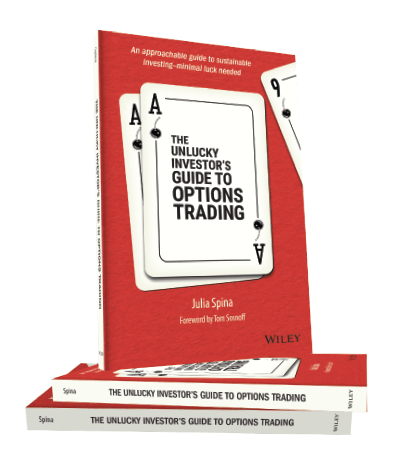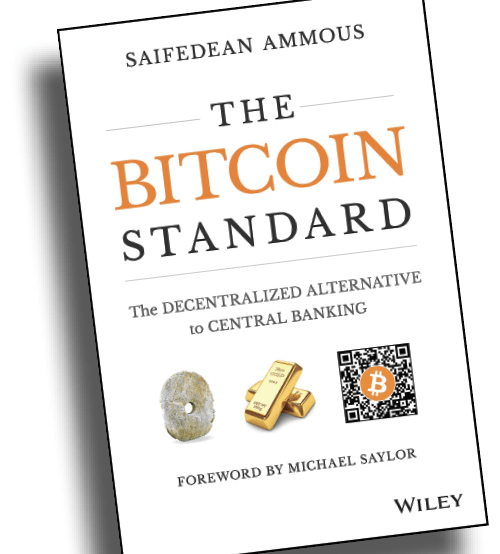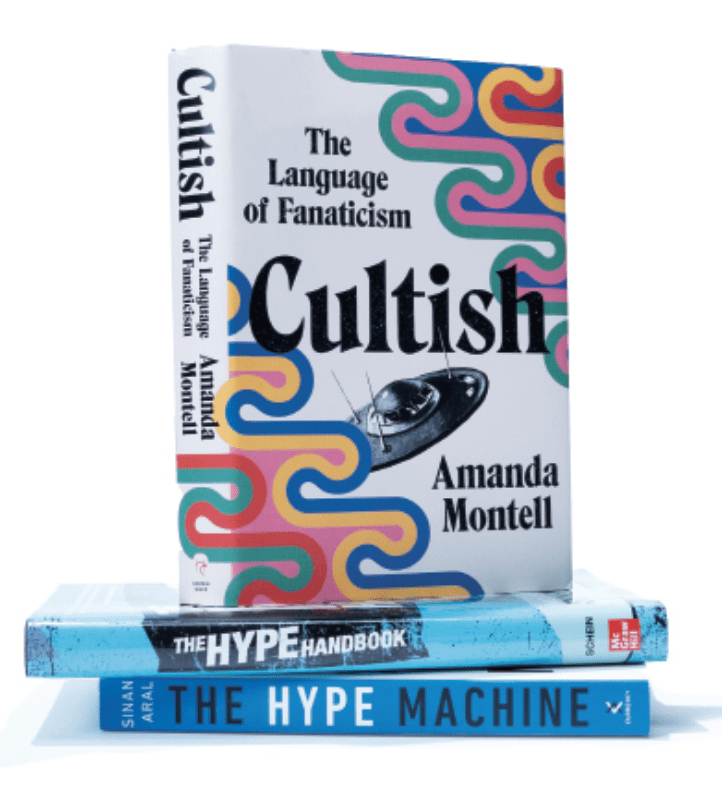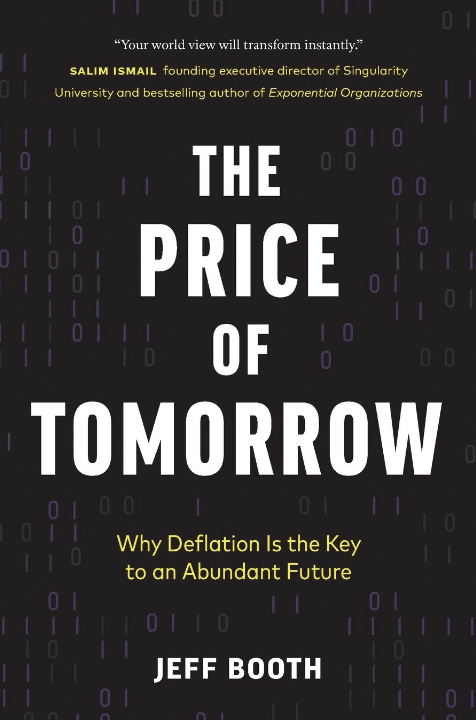Be the House
It’s common knowledge that casino games favor the house. A new book teaches active investors how to be the house by trading options, and betting small and often, to shift the odds to the trader’s advantage.
Table games at a casino typically have maximum bet sizes.
By capping bet sizes, the casino aims to increase the number of occurrences from a single gambler so the house is more likely to reach long-run averages for each game, a consequence of the law of large numbers and the central limit theorem. When a small number of events is randomly sampled from a probability distribution repeatedly and the averages of those samples are compared, the variance of those averages tends to be quite large. But as the number of occurrences increases, the variance of the averages decreases and the sampled means converge to the expected value of the distribution.

Just as the casino aims to realize the long-term edge of table games by capping bet sizes and increasing the number of plays, short premium traders should make many small trades to maximize their chances of realizing the positive long-run expected averages of short premium strategies.
Trading Slots for Options
Buying options for profit is like playing the slot machines. Gamblers who play enough times may hit the jackpot and receive a huge payout. However, despite the potential payouts, most players average a loss in the long run because they are taking small losses most of the time. Investors who buy options are betting on large, often directional moves in the underlying asset. Those assumptions may be correct and yield significant profits occasionally, but underlying prices ultimately stay within their expected ranges most of the time. This results in small, frequent losses on unused contracts and an average loss over time.
Selling options for profit is like owning the slot machines. Casino owners have the long-run statistical advantage for every game, an edge particularly high for slots. Owners may occasionally pay out large jackpots, but as long as people play enough and the payouts are manageable, they are compensated for taking on this risk with nearly guaranteed profit in the long term. Similarly, because short options carry tail risk but provide small, consistent profits from implied volatility (IV) overstatement, they should average a profit in the long run if risk is managed appropriately.
Long premium strategies have a high profit potential but cannot be consistently timed to ensure profit in the long term. This is because outlier underlying moves and IV expansions that benefit long premium positions are strongly linked to external events (such as natural disasters or political conflict), which are relatively difficult to predict reliably. Short premium strategies, on the other hand, profit more often and have the long-term statistical advantage if investors manage risks appropriately.
Similar to the slot machine owner, a short premium trader must reduce the impact of outlier losses to reach a large number of occurrences (trades) and realize the positive long-term averages. This is done most effectively by limiting position size and by adjusting portfolio exposure according to current market conditions.
Excerpted with permission from the publisher, Wiley, from The Unlucky Investor’s Guide to Options Trading by Julia Spina and Anton Kulikov. Copyright © 2021. All rights reserved. This book is available wherever books are sold and at tastytrade.com/investorsguide.
Julia Spina, a tastytrade research team member, says her background in physics, signal processing and data analysis informs her work as a financial educator and options strategist. Julia’s column, The Unlucky Investor, is scheduled to debut in the next issue of Luckbox. @financephoton
Promise for Unlucky Investors
I truly believe this is the most logical, informative and comprehensive book on strategic options trading ever compiled. Unlucky investors can rejoice. No book will ever be a one-size-fits-all holy grail for options trading, but The Unlucky Investor’s Guide to Options Trading is the closest thing we have.

—Tom Sosnoff, co-CEO of tastytrade, from the book’s foreword
Options trading and cards for money aren’t for fools hoping for luck. This is a serious but easy-to-read introduction for those ready to try constructing options trades.
—Aaron Brown, author of The Poker Face of Wall Street and Red-Blooded Risk







